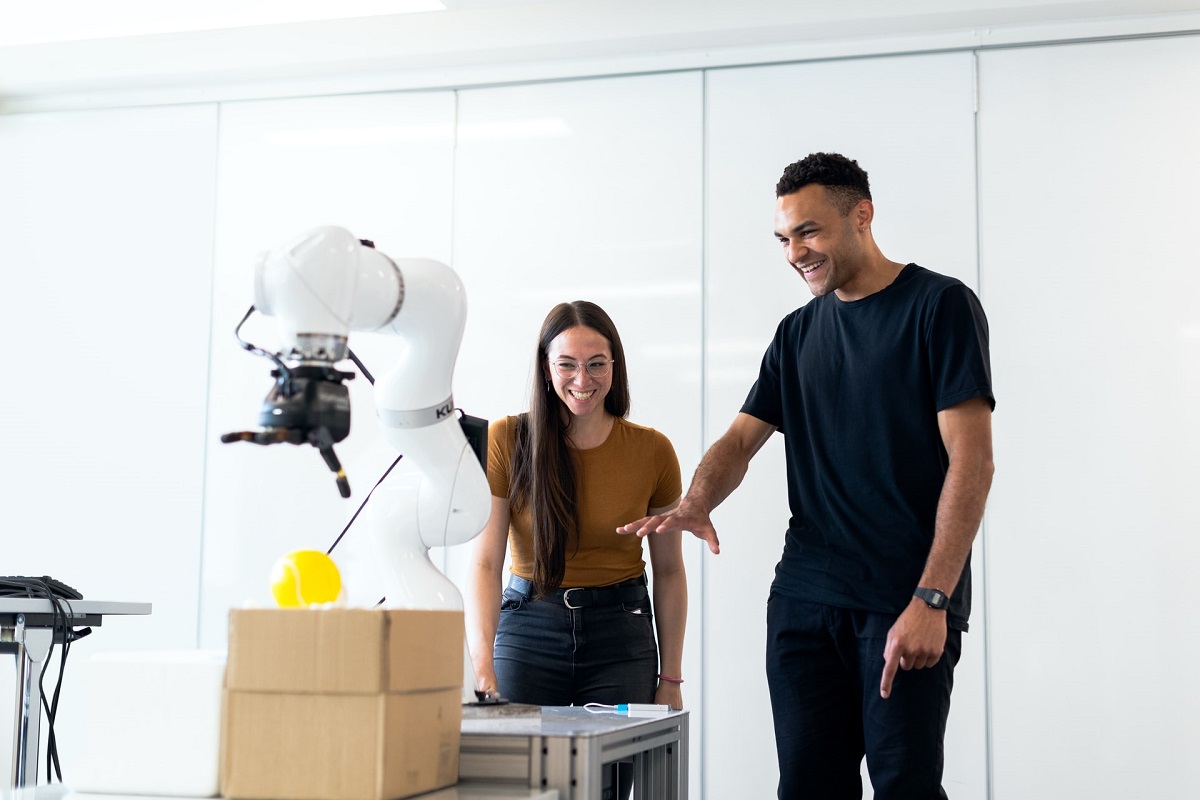

🔬 Research summary by Muriam Fancy, our Network Engagement Manager.
[Original paper by Jason Edward Lewis, Noelani Arista, Archer Pechawis, Suzanne Kite]
Overview: Indigenous epistemologies are able to develop the ethical frameworks and principles to understand how to build and see our relationship with AI and machines. The essay discusses how we can understand creating kinship with AI through Indigenous epistemologies while valuing respect and reciprocity. The authors draw upon Cree, Lakota, and Hawaiian cultural knowledge to create and acknowledge the responsibility to include computational creation in the circle of relationships.
Introduction
Joi Ito’s “Resisting Reduction” manifesto describes a core principle to Indigenous knowledge, and that is that everything is connected. The author’s purpose in this essay is to build upon the proposal of “extended intelligence” and propose a “circle of relationships’ which includes human and non-human relationships, and in this case with artificial intelligence. Through utilizing Indigenous epistemologies, the understanding of how to create these relationships and understand interconnectedness is much more dynamic and acknowledges how these relationships are not generalizable, but rather are situated in territories, protocols, and genealogies and therefore imparting the relationality as one of the core principles for this relationship.
Indigenous epistemologies
As the authors note, the epistemologies discussed in the essay are not monolithic, rather the epistemologies referenced in this essay are specific to Cree, Lakota, and Hawaiian Indigenous communities.
As mentioned previously, a core epistemological principle is relationality. The difficulty of applying relationality to cyberspace and computational software on how it exists on Indigenous peoples territory. As the authors note, “…how do we as Indigenous people reconcile the fully embodied experience of being on the land with the generally disembodied experience of virtual spaces? How do we come to understand this new territory, knit it into our existing understanding of our lives lived in real space, and claim it as our own?”. It is through Cree, Lakota, and Hawaiian knowledge that this can be further explored to creating kinship and understanding computational creations in the circle of relations.
Hāloa: the long breath
Kānaka maoli (Hawaiian people) ontologies can conceptualize these relationships through seeing AI as ĀIna, which is a play on the word of āina meaning Hawaiian land. AI thus should be seen as a relation that supports and “nourishes”.
The story of Hāloa serves as an understanding that what is understood as cognition is not static, but rather continues to evolve and change throughout generations. As the authors describe cognition as understanding and acquiring knowledge through thought, experience and senses, and in Hawai’i that also includes the ‘ike knowledge of previous generations. And through reflecting on the history of colonial practices, instead of extractive behaviour, principles of balance and abundance must be valid. The history of colonization and western values continue to value the benefit of one over the other, rather the authors say that there must be multiplicity and understanding of how connectedness is found through multiple relations.
wahkohtawin: kinship within and beyond the immediate family, the state of being related to others
Nēhiyawēwin (the Plains Cree language) divides all things into two categories: animate and inanimate, one is not better than the other, but they are “different states of being”. The author for this section explores how AI would thus be viewed, and how it would fit into the circle of relations. To which the author found when consulting friends, depended on factors of “humanness”, “naturalness”, and in what capacity could the AI be included. The author explores what it would mean to include AI into the author’s cultural practices.
However, a significant concern that should be highlighted, is the way in which AI can harm communities. The way in which AI is built is often exclusionary, harmful, and without thought of accountability, all of which were principles that supported genocide against Indigenous peoples.
The author proposes that ways to mitigate this threat include creating programming languages that are in nēhiyaw nisitohtamowin (for Cree people), as well as other cultural frameworks for other Indigenous communities that would also like to address this issue. AI that has nēhiyaw nisitohtamowin in its language would be a mechanism that would catalyze its inclusion in the community cultural processes.
wakȟáŋ: that which cannot be understood
“In order to create relations with any non-human entity, not just entities which are human-like, the first step are to acknowledge, understand, and know that non-humans are beings in the first place.” Lakota cosmologies provide an understanding of how to create ethics for humans and our relations to everything. Lakota ethical ontologies are understood through protocols, which speak to prioritizing non-human interiorities (mind, soul or consciousness which is also intentionality, subjectivity, reactivity, feelings, and expression).
Resisting reduction: an Indigenous path forward
Singularitarian, as Ito notes in their “Resisting Reduction” essay is a significant concern. The driver behind singularitarianism shares a similarity to the biases of those who support colonization and slavery. Building and deploying AI for power, exclusion, and extraction is what perpetuates harm.
A path forward includes understanding what kinship and the inclusion of AI in the circle of relations can look like through a multiplicity of Indigenous epistemologies.
Between the lines
I strongly urge everyone to read the essay by the authors in its entirety. This research summary discusses the high-level points brought and discussed in the essay but does not do it justice for how it is explained and grounded in the essay by the authors. If I have made many mistakes in this summary, I do sincerely apologize, and please note that I am more than happy to change it so that it better reflects the authors and the essay.
As the authors discussed, AI and other machines are built using western ideologies of extractivism, singularity, and without accountability. One of the many reasons why I thoroughly enjoyed this essay is because it further proves how the inclusion of Indigenous epistemology (which is not static but evolves through generations) can better speak to how to build a better future with AI.
